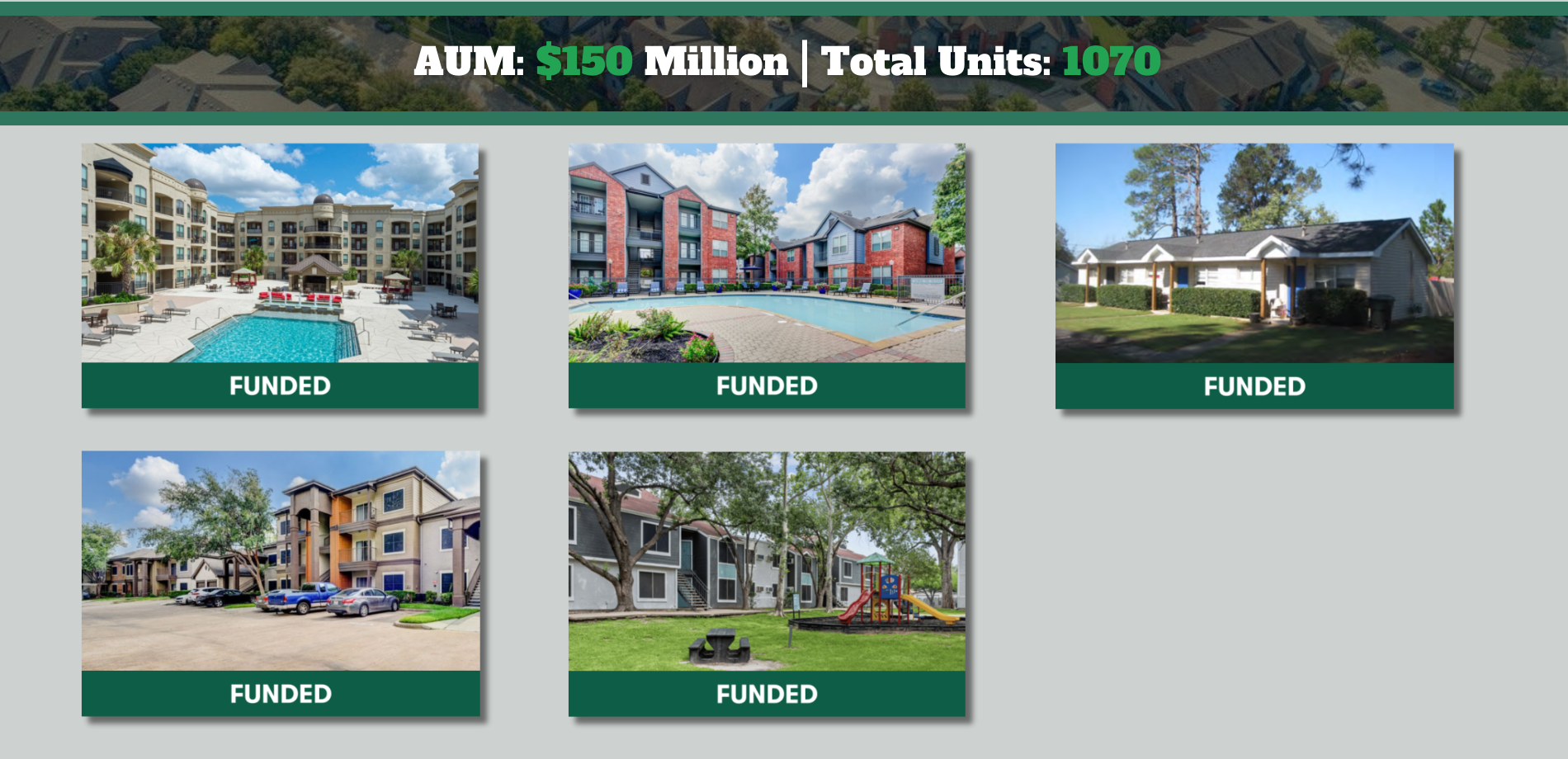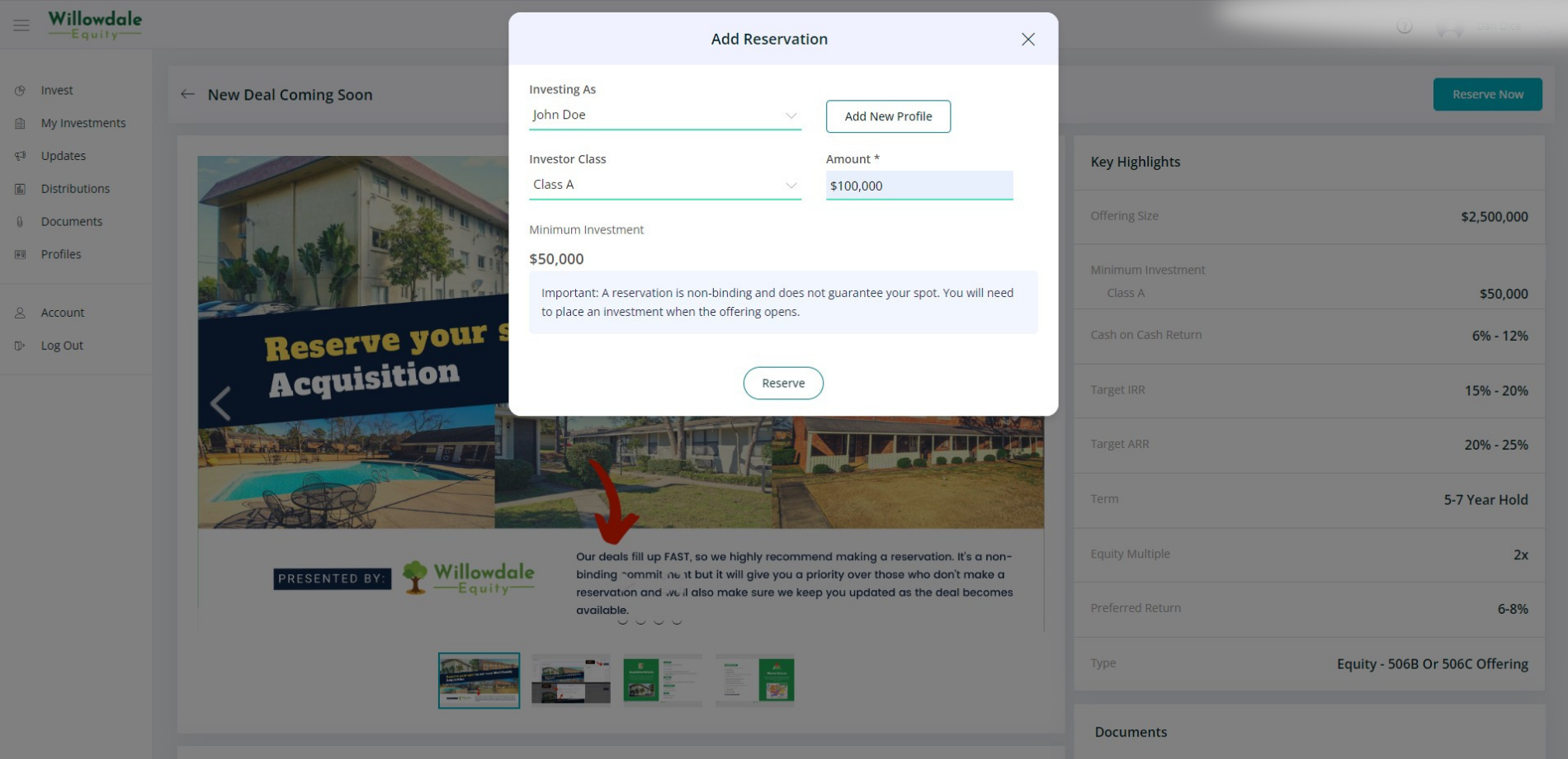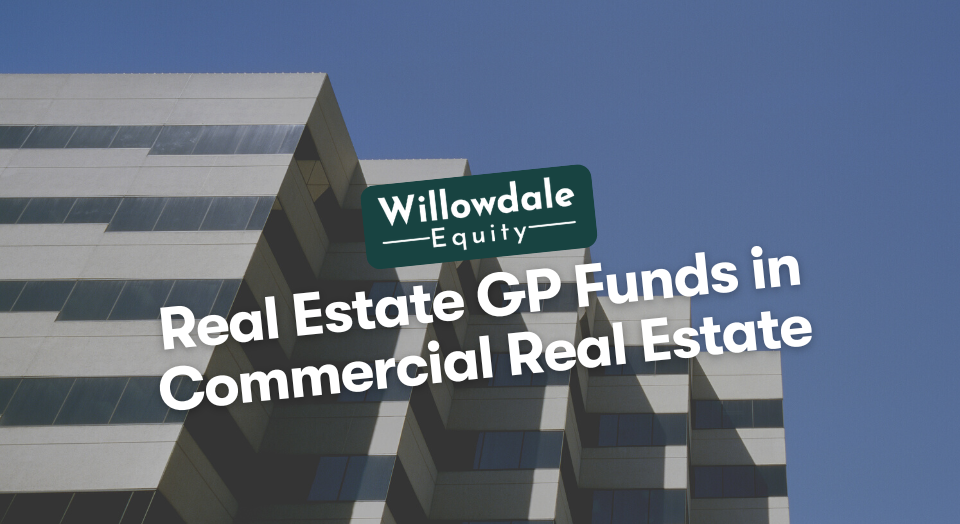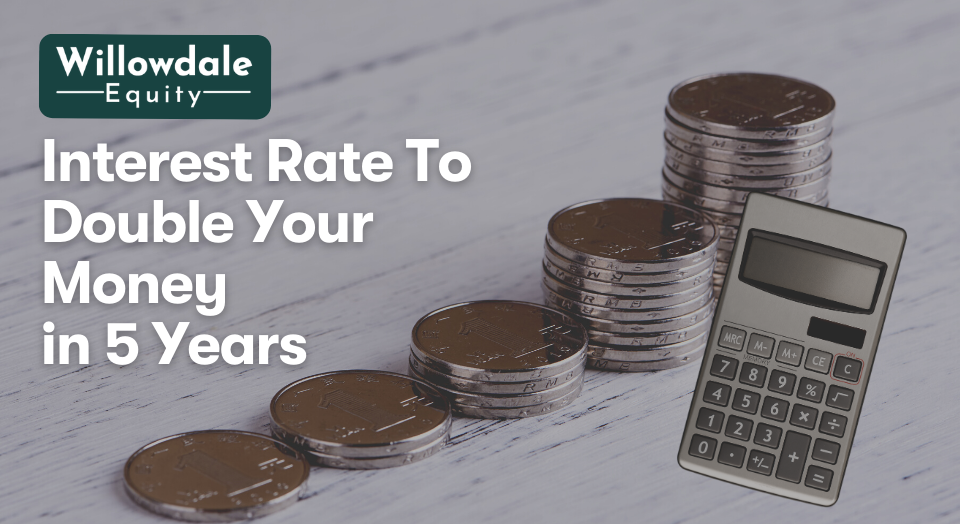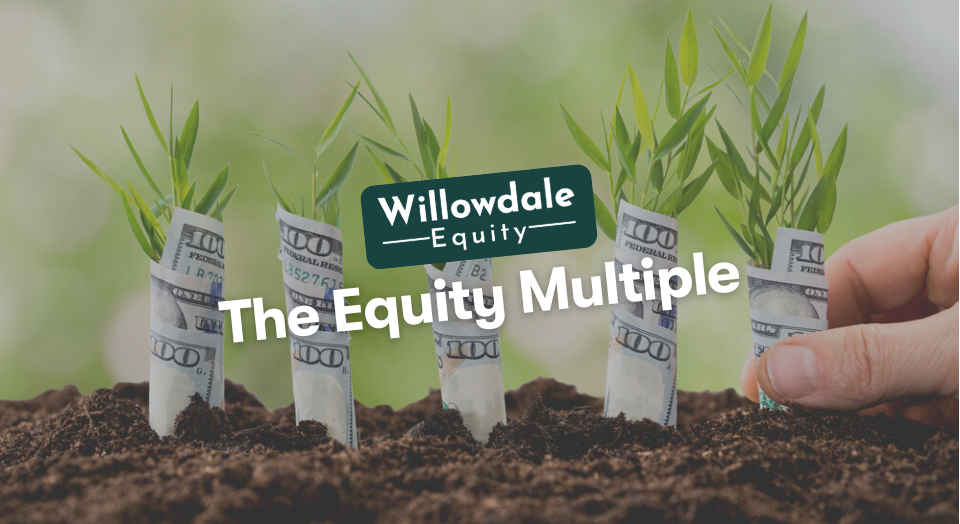
What is Equity Multiple in Real Estate Investing? (For Passive Investors)
This article is part of our guide on what a good IRR is for multifamily, available here.
As a passive investor, you have limited control when investing passively. Even if the sponsor is experienced and trustworthy, you may not be sure about all their decisions.
When control is limited, more calculations have to be made in advance to compensate for all kinds of investment outcomes. This is why it’s imperative to understand what an equity multiple is and how it will affect your investment. Although this is only one of many financial formulas you should be familiar with, the equity multiple will help you screen potential investment opportunities.
Key Takeaways
-
This is calculated by dividing the total profits plus your principal investment by the principal invested.
-
In private multifamily deals, a solid equity multiple could be anywhere from 1.5x to 2.2x.
What is an Equity Multiple in Real Estate?
When investing in real estate, the equity multiple represents how many times you’ve increased your principal investment after collecting income during the life of the property and upon its sale. The equity multiple is calculated by dividing the total profits plus your principal investment by the principal invested.
Let’s say you purchased a $500,000 property without financing. You paid full price and held the property for five years. During this period, the property generated $20,000 in net cash flows annually, or $100,000 over the life of the property. Housing prices increased 50% during this period, and the property was sold for $750,000.
In total, the property brought in $850,000 on an initial investment of $500,000. $850,000 divided by $500,000 gives you an equity multiple of 1.7, a decent result for an all-cash deal.
Commercial Real Estate Equity Multiple
Most deals are not all cash, especially with commercial properties like multifamily apartment buildings. There are usually several funding sources, both in the form of lenders on the debt side and investors on the equity side. Each investor wants to know how much their return will be for their total equity invested, which could be different from the overall property returns. That’s why the equity multiple formula is so helpful for this deal.
What does an EM Mean in Real Estate?
EM is simply the abbreviation for equity multiple. While there are many different metrics for calculating return on investment, their subtle differences help paint a complete picture for investors.
Many investors confuse a property’s EM for its IRR (internal rate of return). These are different concepts that, although very similar, could lead to different investment outcomes if misunderstood.
What is a Targeted Equity Multiple?
A targeted equity multiple is a projection of what the equity multiple should be at the end of an investment’s lifecycle. While nobody can predict the future, investors should be able to estimate how much cash flow the property will generate. An investor should always have a goal. Without a plan, it is unclear exactly what a good result is and what actual results should be compared to.
2x Equity Multiple

A 2x equity multiple means you doubled your investment at the end of its lifecycle. This is generally considered to be a good result. The investor has double the money they had at the beginning of the investment.
It’s important to take inflation and timeframe into account. If an investor holds an investment property for 50 years, and the equity multiple is only 2x, this would likely be a poorer result. The total effect of inflation alone is likely more significant over that period.
What is a Good Equity Multiple?
Another common question is what constitutes a “good” equity multiple. In private multifamily deals, a solid equity multiple could be anywhere from 1.5x to 2.2x. But unfortunately, there is no one-size-fits-all answer. The equity multiple must be greater than 1 for you to effectively be repaid your principal capital contribution to the deal, which means that if the equity multiple is less than 1, you’re losing money.
Different markets are going to have better or worse equity multiples. A large market like New York City will not deliver the same equity multiple as Little Rock, Arkansas, for example.
The equity multiple also depends on the state of the housing market. If you buy a property during a recession and then sell it during a very high economic growth period, you will have a considerably higher equity multiple. Finally, time horizons matter. If you sell the property in 30 years instead of 5 years, you’re likely to have a much higher equity multiple simply because there has been more time for the property to appreciate.
Related Read: AAR in Real Estate
Why Invest in Real Estate Passively?
Many investors wonder why they should join a deal with others when they might be able to invest the same amount of money into a smaller deal alone. The reasons come down to investment style and risk tolerance.
With the right sponsor, the deals that seek out passive investors are generally safer, much larger, and more diversified. These properties generate revenue better than smaller deals and insulate investors from the default of any one tenant or other disturbances that occur with real estate investments.
Larger investment groups typically also have access to better deals that don’t hit the market. As deals are not always just found, they’re created. This allows for a better return on investment than regular marketed deals. And, when done correctly, passive investing is just that – passive. Investors are not required to invest as much time into the project as active members of individual investors in smaller projects.
Frequently Asked Questions About the Real Estate Equity Multiple
An equity multiple of 1 means that the investment was break even. The investor would have only recovered their principal after the total cash distributions received plus the net proceeds from selling the property.
An equity multiplier is essentially a property’s overall ROI at the end of the life of the investment.
A property’s equity multiplier depends on the market and how long the property was held. Generally, an equity multiplier of 1.6x – 2x is considered suitable for a multifamily property.
Equity Multiple in Real Estate - Conclusion
Now that you have a fundamental understanding of equity multipliers, you’ll be better able to assess returns from a property as a passive investor. The best way to understand what to look for in a property is first-hand experience. The second best way is to leverage the expertise of those who have already invested and operate these types of properties you’re looking to invest in.
If you’re interested in learning more about passive real estate investing in commercial real estate deals, consider joining the Willowdale Equity investor club. There you’ll be able to network with other investors and access private multifamily investment opportunities.
Sources:
- Investopedia, “Active vs. Passive Investing: What’s the Difference?“
The Willowdale Equity Investment Club is a private group of investors that are looking to passively grow their capital and share in all the tax benefits through multifamily real estate investments.
